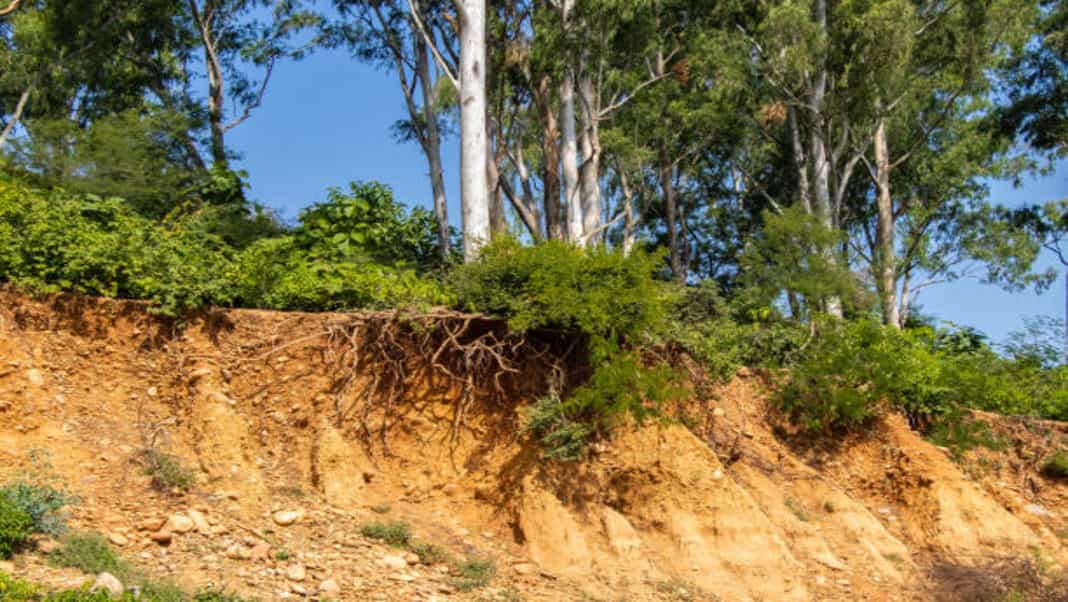Guwahati, June 30: Soil erosion is a significant issue, particularly in Assam and Meghalaya, where it threatens agricultural productivity, soil fertility, and water systems. Unplanned land use and population growth have worsened the situation, reducing forest cover and accelerating erosion.
Research at the Hydrosense Lab, IIT Delhi, led by Ravi Raj and Manabendra Saharia, have developed the Indian Water Erosion Dataset (IWED) to assess water erosion across India, facilitating local and national soil conservation strategies. The Indian Soil Loss Maps (ISLM) application helps visualize soil loss factors (https://hydrosense.users.earthengine.app/view/soilloss).

The study found that Assam and Meghalaya have the highest potential soil loss (PSL) values in India, with 78.16 and 77 tons per hectare per year, respectively—about four times the national average of 21 tons. Assam alone contributes 107.83 million tons annually, despite covering only 2.4% of India’s area.
The three districts of Meghalaya which are in the top 20 most vulnerable districts corresponding to higher mean annual potential soil loss values are East Khasi Hills, Jaintia Hills and South Garo Hills.
The predominant soil types in these states, such as loamy and clay loamy soils, are susceptible to erosion, especially on slopes. Additionally, high rainfall erosivity and continuous flooding from the Brahmaputra River exacerbate soil loss.

Approximately 5% of India’s land, mainly in Assam and parts of Meghalaya, falls into the catastrophic erosion category (E6), with PSL values exceeding 100 tons per hectare per year, posing threats to infrastructure.
This research, published in CATENA journal, underscores the urgent need for soil conservation measures in these vulnerable regions.
Watch
Find latest news from every corner of Northeast India at hubnetwork.in, your online source for breaking news, video coverage.
Also, Follow us on-
Twitter-twitter.com/nemediahub
Youtube channel- www.youtube.com/@NortheastMediaHub2020
Instagram- www.instagram.com/ne_media_hub





